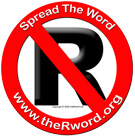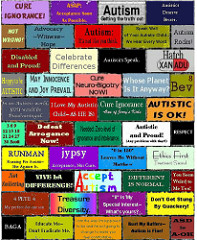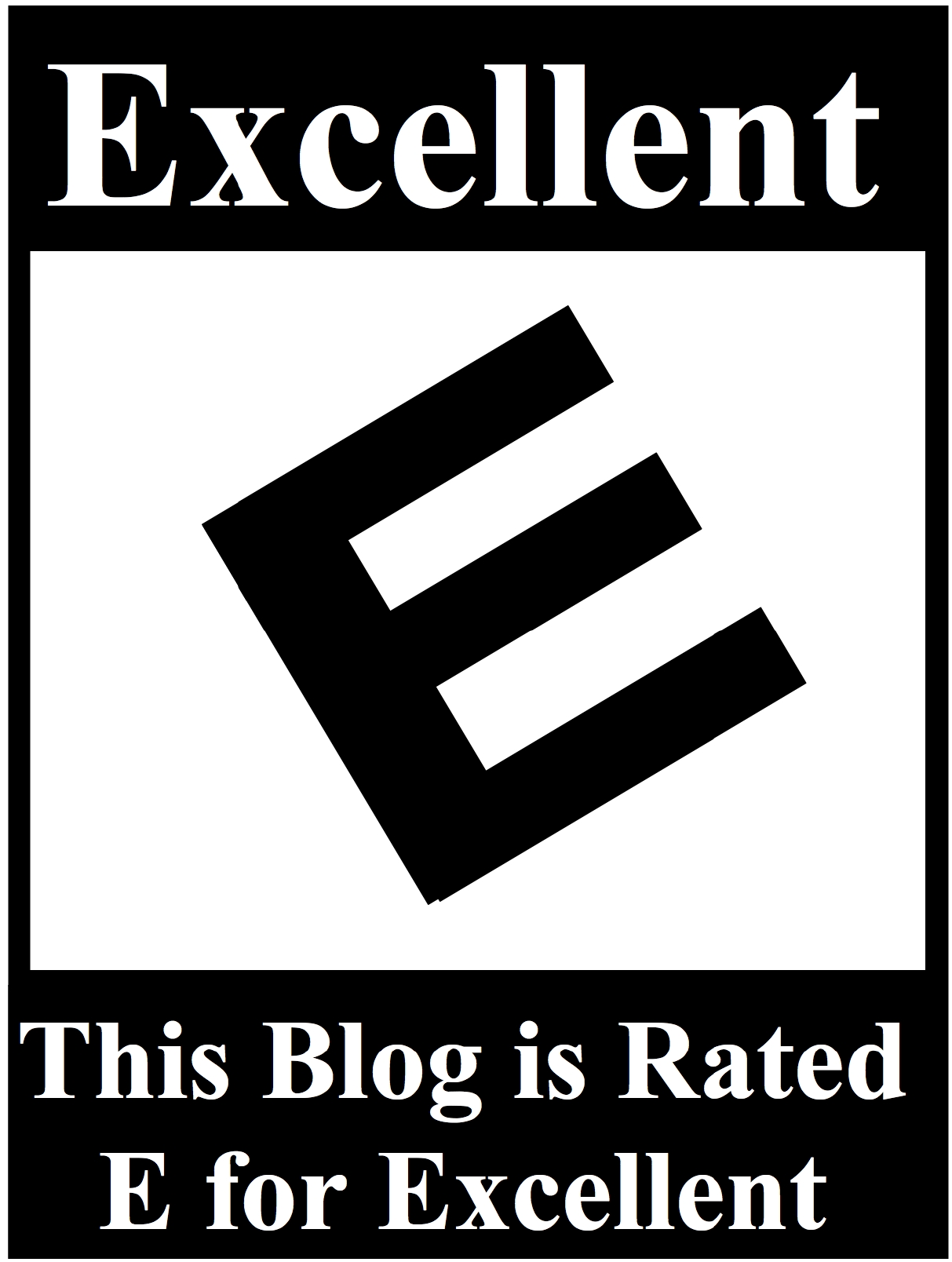Good counseling is kind of like good art, or pornography: hard to define, but we know it when we see it.
Sadly, a lot of people have more experience with bad counseling or psych care. Bad counseling (Bc) tells clients what their problems are and what the counselor is going to do to or for them to solve that. At its worst, Bc is disempowering, denies self-advocacy, self-understanding, and self-help, and turns help into a passive process for the client.
The problem with many people working in the “helping professions” is how “helping” is viewed. (Here we’re talking about helping professions as counseling and social work, as opposed to personal attendant staff, which may necessarily be long-term assistance.) Bad helping is about ensuring the status quo of the client as the dependent recipient of help given by the service provider. Good helping is about making the counselor “unemployed” as it were, of being a temporary resource to the client, rather than a permanent fixture that is necessary to keep a “broken” person working.
Good counseling (Gc) helps the client to determine problems they are facing, and what they need to solve them, and how they can acquire the tools needed to do so. The counselor works with a person, not for them or to them. It’s about respecting the client, and presuming competency on the client’s part, including the client as the local expert on their self.
In other words, Gc is empowering. The client needs to have their own power to make decisions. They need to have resources and information made available to them so they can make their own choices. Those choices need to be real choices, not dilemmas sold as choices. People need to feel like they are masters of their own fate, and also be able to understand the boundaries of what things they can change.
Clients also need to learn how to be able to reframe how they understand things in a more constructive manner, so they can take the things learned and be able to continue to help themselves later on. A child’s job is to play, learn and grow, and so is an adult’s. We all need to continue to learn new skills and approaches throughout our lives as our situations change, and as our abilities to do things also change. There is no one place in life where one is done learning; it’s an ongoing, lifelong process. To be able to do this the client needs education, not just in the form of information, but also in the process of making thoughtful decisions with this kind of information.
But to do all that the counselor has to be able to figure out – with the client – not just what the problems are, but also what the client thinks is important: the things they need to solve, or skills they need to acquire. If something is important to the client, then it’s important! The counselor should address the subject with them. People need to be able to make decisions about things that are important to them in their lives. That’s the inherent difference between Bc and Gc: telling people versus asking them. A lot of what people need is attentive listening and being taken seriously (for a change).
To be hopeful for a positive outcome, a person needs to feel that they can make a change in their lives, and do so from their own power. The client should then be able to take that sense of power that is created from beneficial change, and be able to share it with others in their communities – the personal empowerment becomes social. Part of that social empowerment comes from the client being able to earn the respect of others and to be seen as a competent person, rather than as someone stigmatized for being “damaged”.
To do these things, the counselor should be a tool for the client.
And boy is that a change in the power paradigm!







